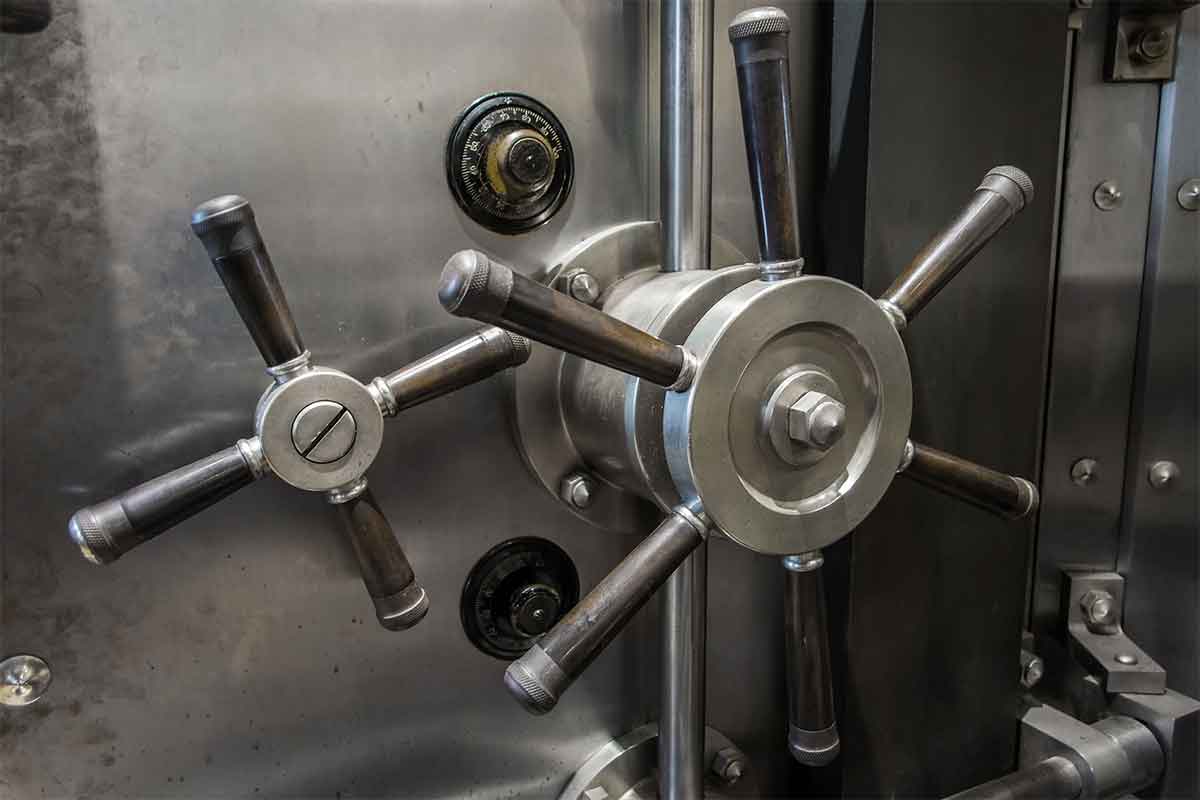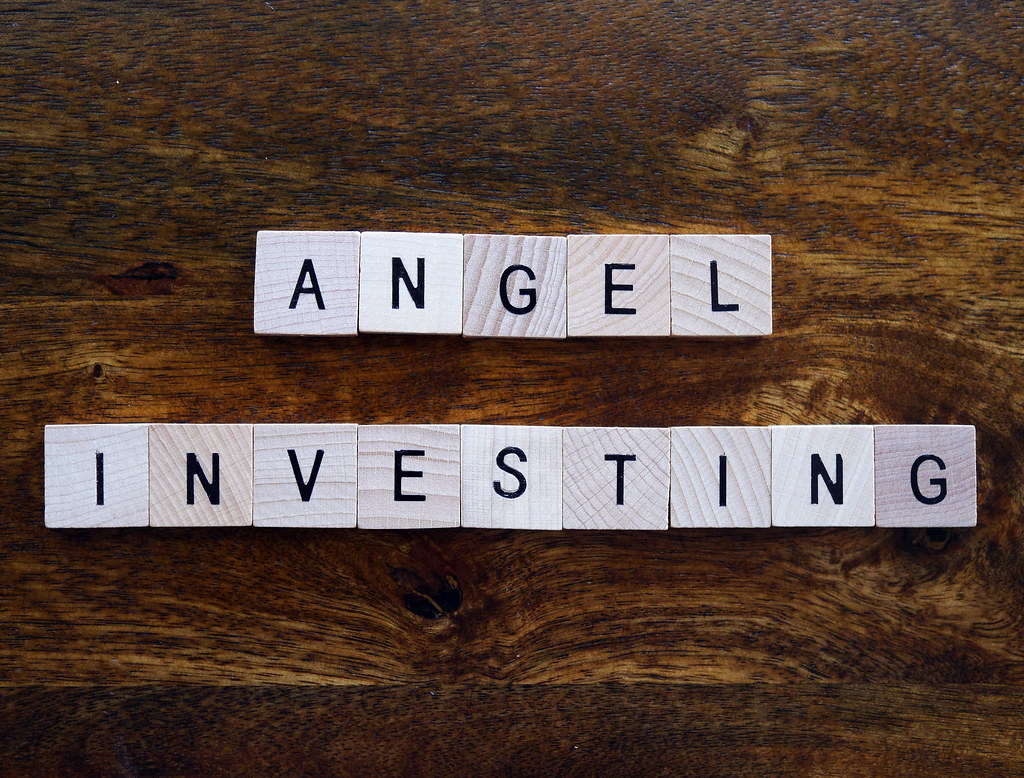tl;dr – Convertible Notes and true debt instruments with interest and maturity dates while SAFEs are generally more founder friendly with the exception of Pro Rata rights. It’s important to understand what market in your area is when deciding which to use in fundraising.
You learned of the standard way to raise a seed financing for your early stage company. You also have learned of the terms in convertible notes and Simple Agreement for Future Equity (SAFE). Now you must decide what option to pursue for raising capital. Here are some of the differences between the two investment documents that can help you make that decision.
Interest Rates
This one is simple – convertible notes have interest rates (normally nominal) where interest accrues on the principal (i.e. the investment amount) and SAFEs do not. Therefore, if an investor purchases a $100,000 SAFE from your company it will remain at $100,000 on your cap table for however long it takes to convert into equity. SAFEs are more founder friendly for this reason.
Maturity Date
Convertible notes have maturity dates where investors can demand payment or conversion into equity (specific terms will depend on the actual convertible note) after the maturity date. It is likely at this stage that your investors are company friendly and the company won’t have much in the way of cash, so it is not uncommon to see maturity dates pushed further out.
SAFEs do not have maturity dates and theoretically although not realistically could be unpaid and unconverted forever. Again, SAFEs are considered more founder friendly for this reason. Since SAFEs don’t have a maturity date or interest rates, they are not a true debt instrument which is why I call them SAFEs rather than SAFE Notes.
Pro Rata Rights
Pro Rata rights have infiltrated the original form of SAFE that was created by Y Combinator back in 2013. Pro Rata rights are granted by a company to an investor giving the investor a right, not the obligation, to purchase its pro rata share of private placements of securities by the company occurring after the equity financing that triggers the conversion of the SAFE.
Fred Wilson, a VC and prolific blogger explained how it works from an investor perspective:
“You invest $50k in a seed round at a $5mm cap and own 1% of the company. The next round is a $3mm round at $9mm pre, $12mm post. If you don’t participate, you will be diluted 25% and will then own 0.75% of the company. On the other hand, if you buy 1% of the round, a $30k investment, you will continue to own 1% of the company. Your ‘pro-rata right’ in this situation is a $30k allocation in the next round.”
Investors use this tool to maintain their position in companies that help their portfolio. If the investor is helpful, founders will be more than happy to keep them on the team with their initial equity percentage. The issue is that what if the investor is not helpful but perhaps is actively harmful? Their position does not dilute and their investment is likely to crowd out other investors whom a founder would like to bring onto the cap table.
Convertible notes do not contain pro rata rights generally although there are occasions where an investor may ask for a side letter to contain such rights. However, since pro rata rights aren’t built into a convertible note it is seen as more founder friendly than a SAFE in this regard.
Location, Location, Location
SAFEs are a construct of Silicon Valley and maintain popularity out in the Bay. SAFEs are more founder friendly than convertible notes. Competition amongst investors is there is high population of venture capitalists with excess capital looking for the next Uber.
SAFEs have not taken off in other markets, such as Texas, where there is less competition amongst investors as well as less familiarity with SAFEs. I’ve seen companies in Texas struggle to raise investment via a SAFE and then have more success through convertible notes. When constructing your fundraising plan it is imperative that you remember what “market” for your area is.




